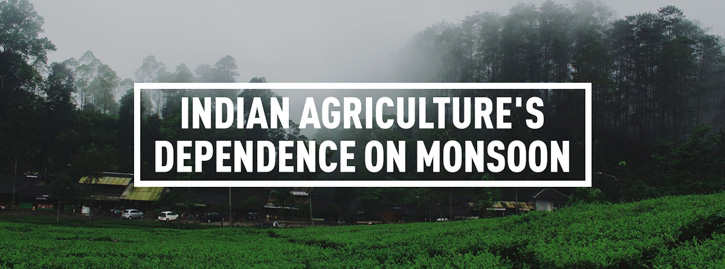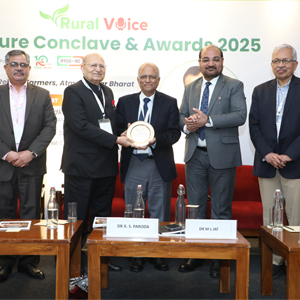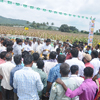
Indian Agricultures Dependence On Monsoon
The Southwest monsoon is in full swing as it brings 75% of the rain to the country.The seasonal monsoon winds, blowing from the south-west and the north-east directions, are moisture-laden and bring in the yearly monsoon rains. These rains are critical to almost 60% of India’s rain-fed agriculture and the timely arrival and adequacy of monsoon winds plays a vital role in our farming practices. These winds vary across seasons, across years and also across decades, and this variation is commonly known as monsoon variability. To adapt to the changing trends in monsoon variability, we first need to look at the situation of each region independently and propose adaptive measures applicable to those areas only.
Farming is the only source of income to many farmers in India. In fact, taking in consideration the amount of GDP contribution that the Indian agriculture has, it is a primary factor to affect the economy as a whole.
Around 70 per cent of the Indian population depends on farming and 58 per cent of the total employment in the country is through agriculture which contributes to around 18 per cent of the GDP. These numbers bring both, necessary responsibility and limitless risk to a large part of our population.
One cannot deny that dark clouds of monsoon bring hope and happiness to farmers, the soil of his farm comes alive when the first drops of monsoon touches his farmland. Seeds hiding in the ground spring up green shoots as the ground gets moistened by the rainfall. It’s just magical altogether.
As a tropical country with limited irrigation facility, the fate of the Khar if crops especially depends on the southwest Monsoon. The amount of rainfall in a specific area determines the type of crop that can adapt and grow to the natural factors affecting the region. Monsoon friendly crops with a high requirement of water like sugarcane, jute and paddy can easily be cultivated during summers, in areas with a high proximity for monsoons. Whereas, crops like wheat and barley require moderate temperature and water, and therefore can only be grown in winters.
However, increasing incidences of floods, droughts due to erratic weather, it’s a time to explore ways of bringing a sustainable model of farming for our farmers and minimize dependency on monsoon.
Mahyco Team











